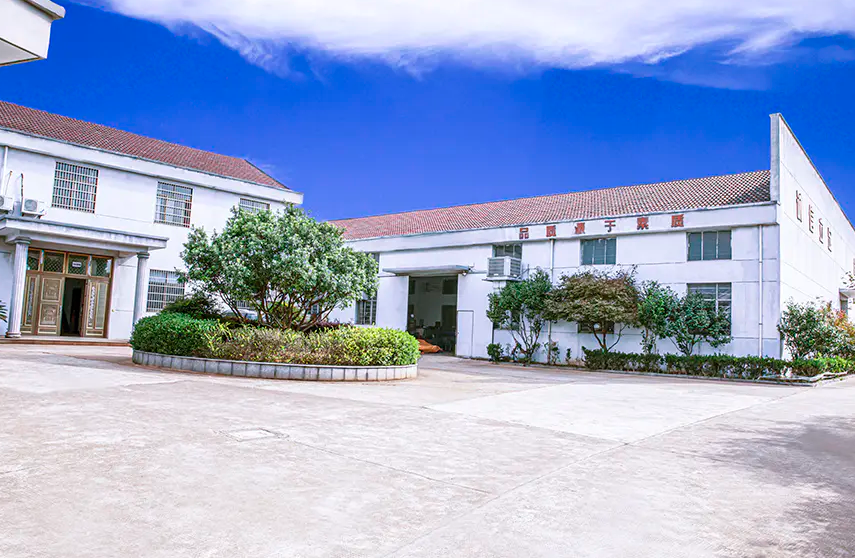
Add:No. 8, Xingsheng Road, Zhangting Industrial Zone, Yuyao City, Zhejiang Province, China
Tel:86-0574-62939881
Fax:+86-0574-62939882
E-Mail:Sales@hljx.com
Dustless feeders epitomize innovation in material handling, effectively mitigating the pervasive problem of dust generation. This article delves deep into the intricate mechanisms and technologies powering dustless feeders, shedding light on their vital role in diverse industries and the significance of maintaining a dust-free operational environment.
Dust, an unavoidable byproduct of feeding processes that involve grinding, cutting, or handling granular materials, poses significant health risks to both humans and the environment. Dustless feeders emerge as a solution to this predicament, employing advanced mechanisms to drastically reduce or eliminate dust during feeding operations. This piece aims to explore the underlying technologies that make dustless feeders a necessity in modern industrial setups.
The generation of dust during feeding operations is a well-known concern. Dust particles, when inhaled, can lead to severe respiratory issues, allergies, and long-term lung diseases. Thus, curtailing dust generation is not just about maintaining a clean workspace; it's about safeguarding the health and well-being of those involved.
Central to the operation of a dustless feeder is its enclosed design. This carefully crafted structure effectively confines feed materials, preventing them from becoming airborne and thus reducing the dispersion of dust.
Dustless feeders are equipped with robust ventilation and filtration systems that act as the first line of defense against airborne particles. These systems efficiently capture and filter the particles, ensuring that the air leaving the feeder is cleaner and safe to breathe.
Some dustless feeders incorporate moisture addition mechanisms to regulate the moisture levels of feed materials. By dampening the materials, these feeders effectively suppress the formation of airborne dust.
To achieve optimal containment, dustless feeders integrate high-quality seals and gaskets. These components prevent leakages and maintain an airtight environment, thus significantly reducing dust emissions.
Innovative designs implement low-friction surfaces within the feeder to minimize abrasion during material handling. This reduction in friction leads to a decrease in the creation of dust particles, contributing to a dust-free environment.
Dustless feeders are engineered to discharge feed in a controlled and efficient manner, minimizing disturbances that could lead to dust formation. This precise feed discharge is instrumental in achieving a dust-free operational environment.
In conclusion, dustless feeders are a technological marvel, providing an effective solution to a pervasive issue in industrial operations. Through meticulous design features, including enclosed structures, robust ventilation systems, moisture control mechanisms, and precision discharge, these feeders drastically reduce or eliminate dust generation. The ensuing benefits encompass improved health and safety for workers, compliance with environmental standards, heightened operational efficiency, and substantial cost savings, collectively establishing dustless feeders as an invaluable asset across diverse industries.











